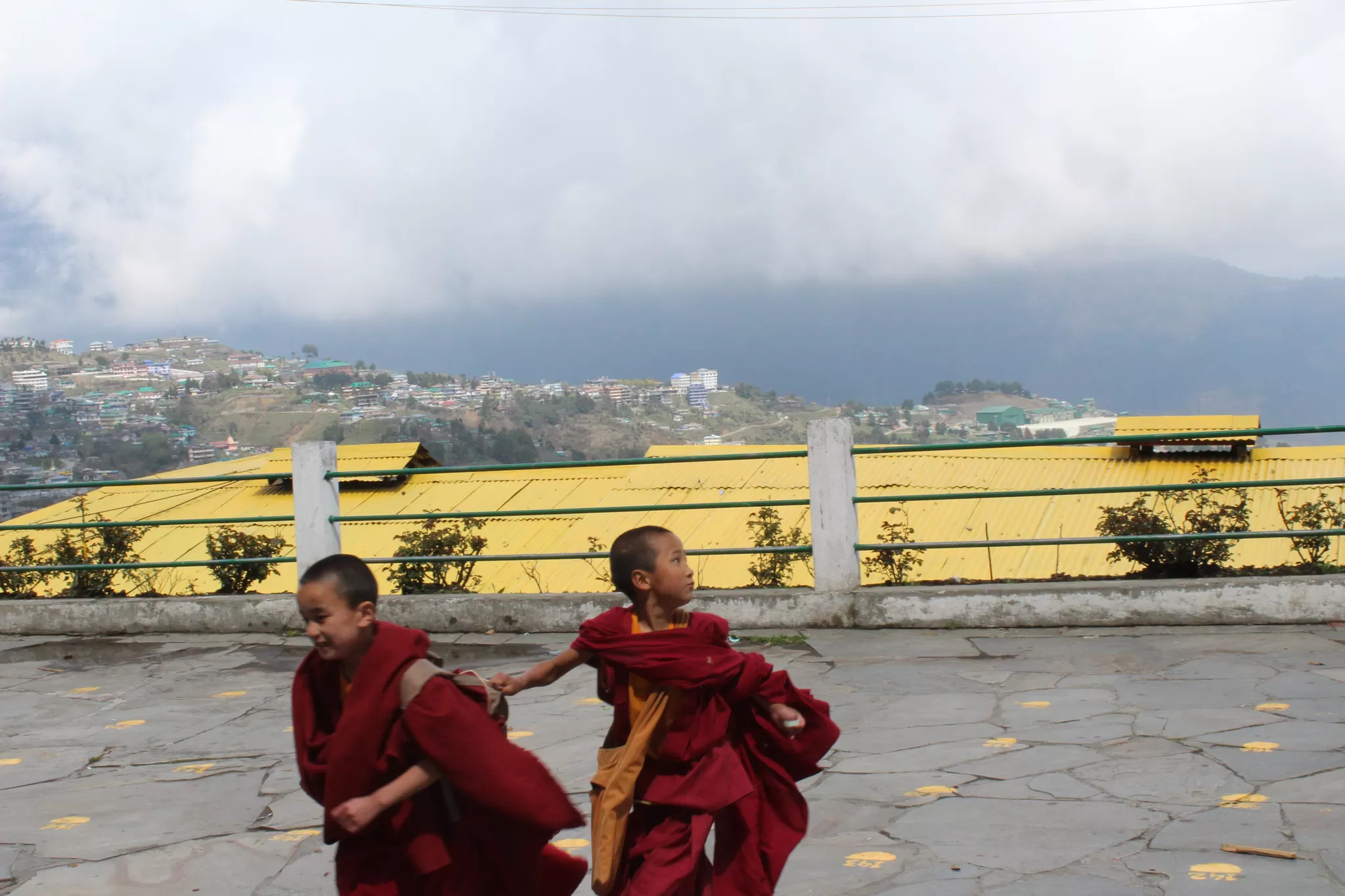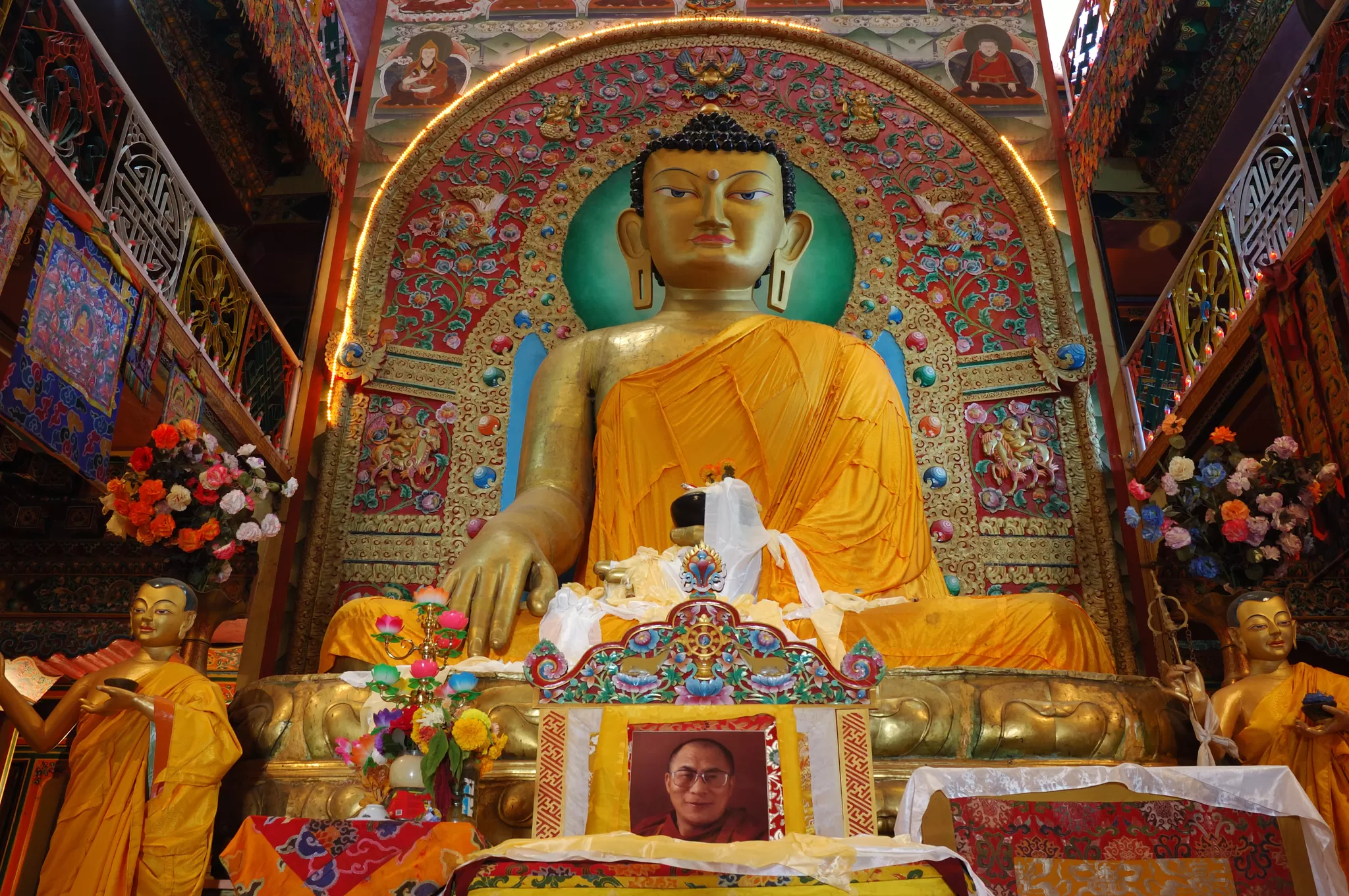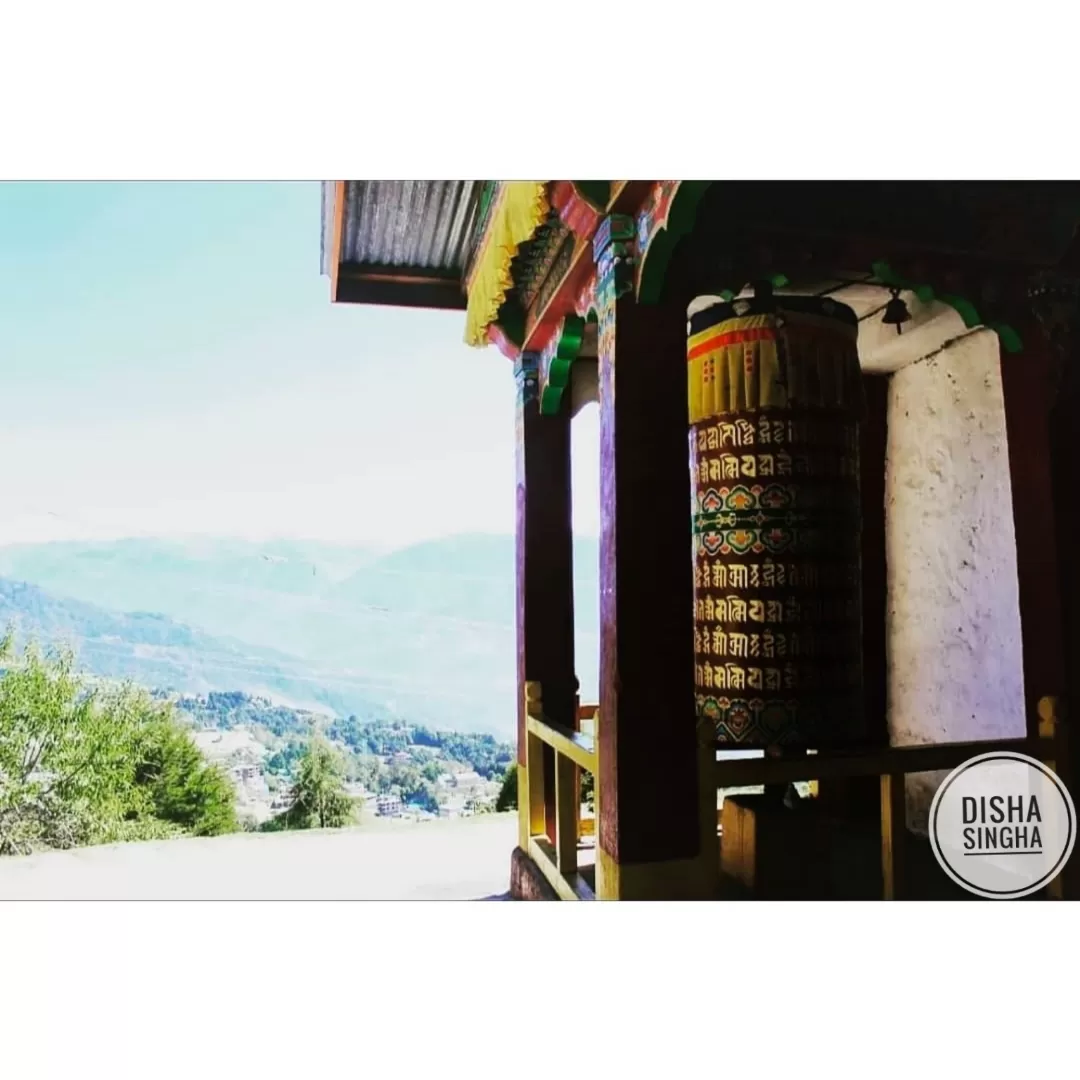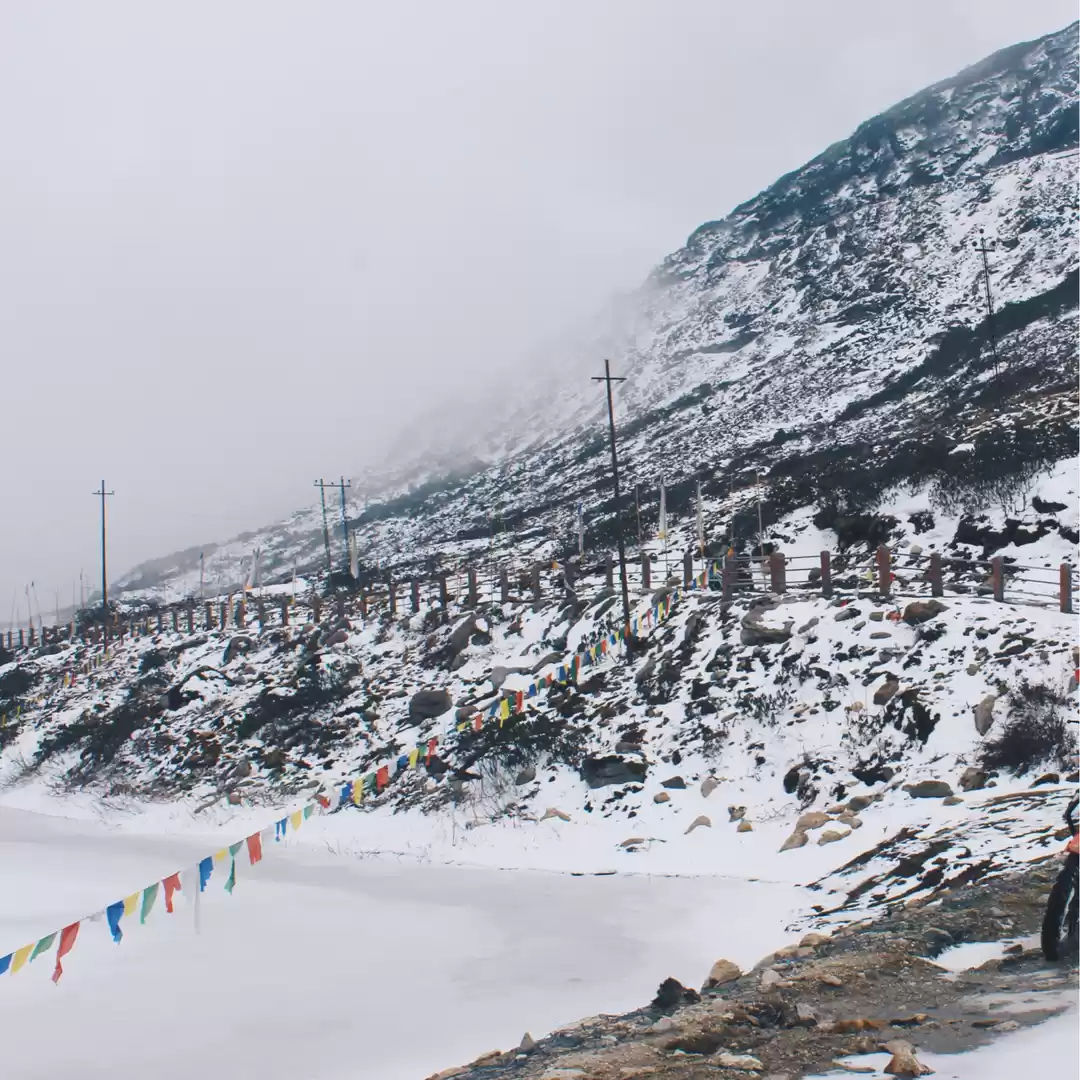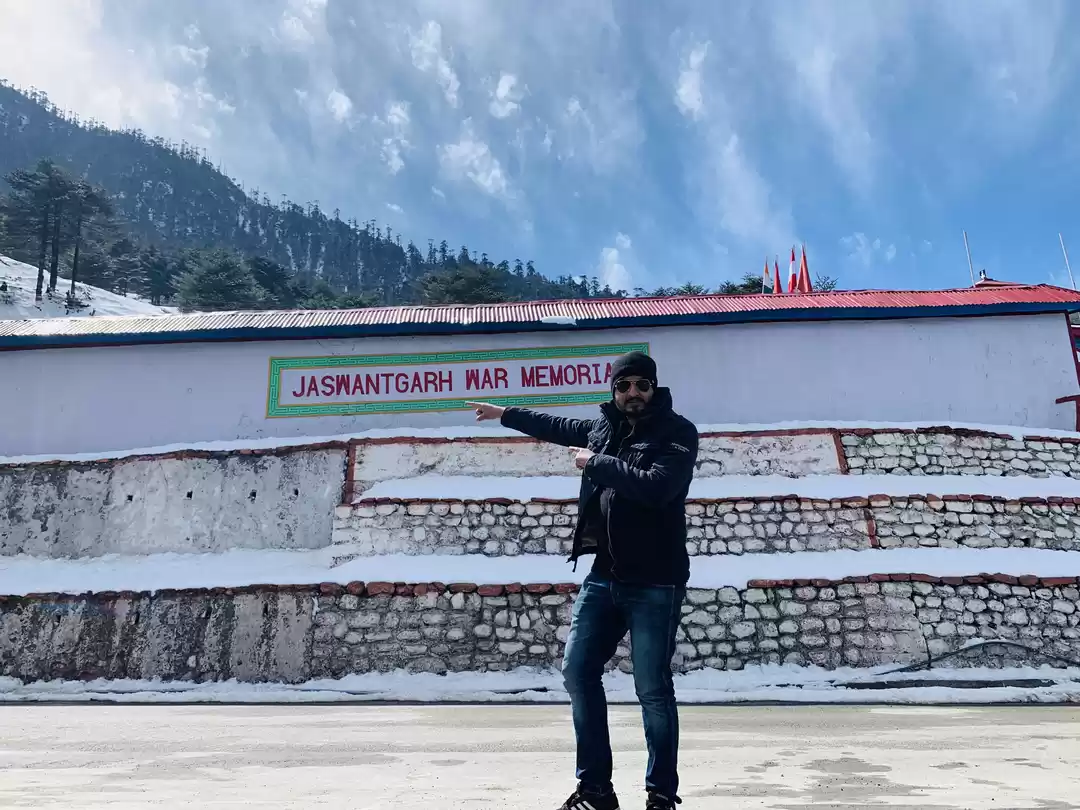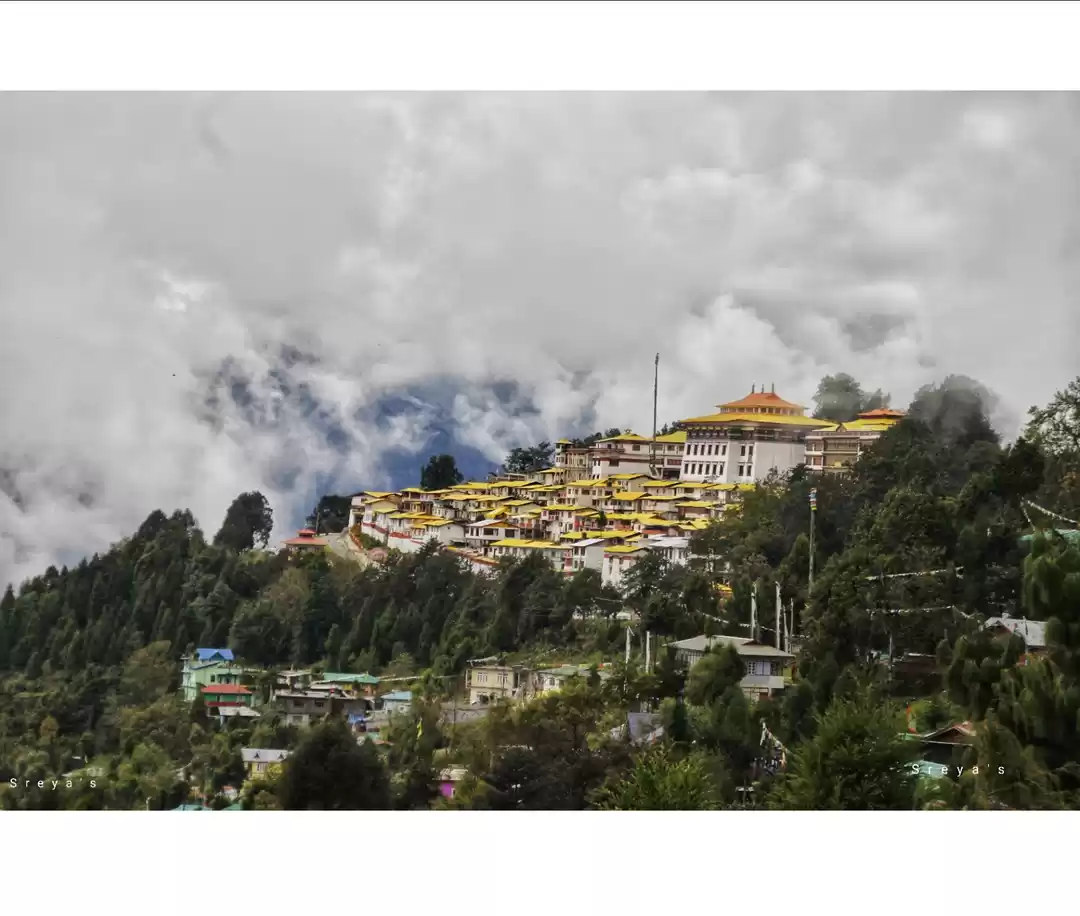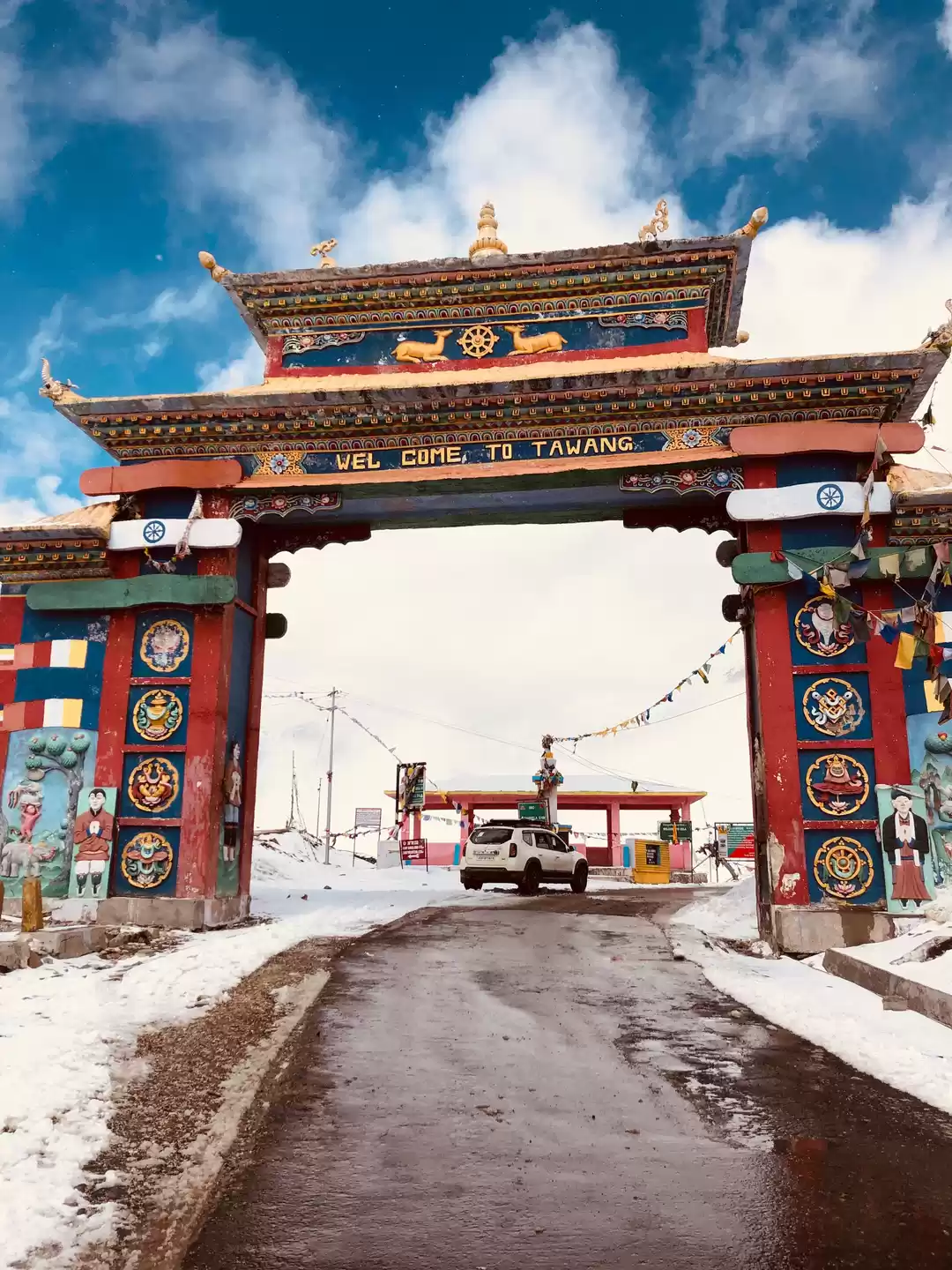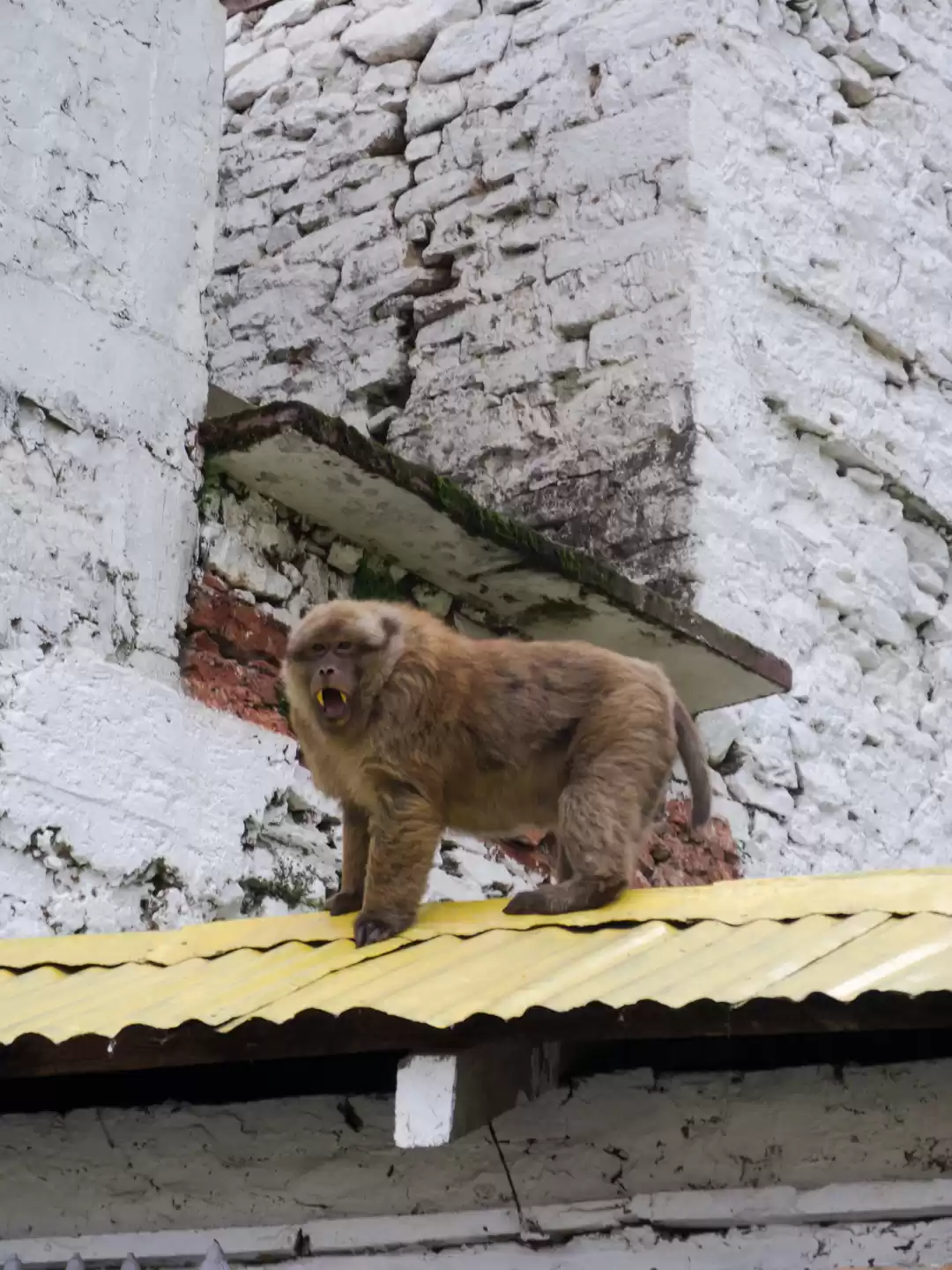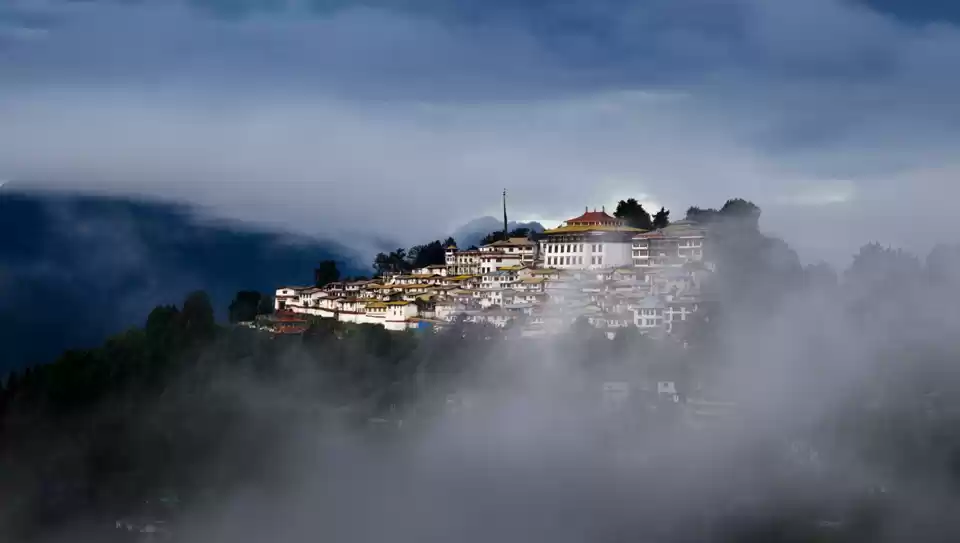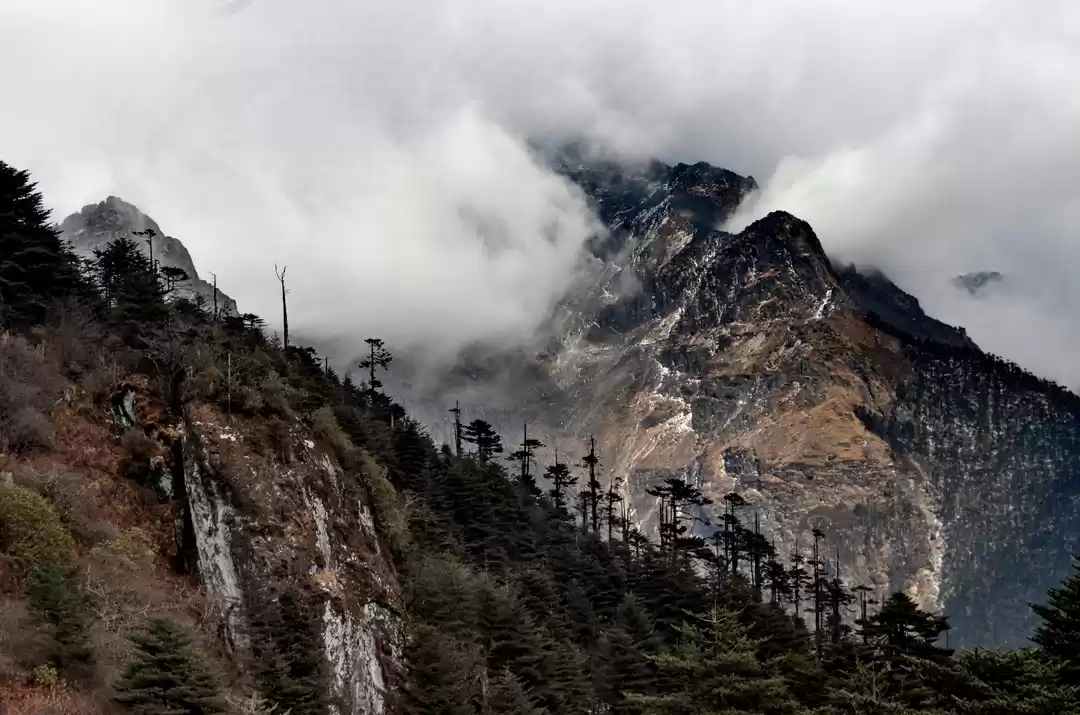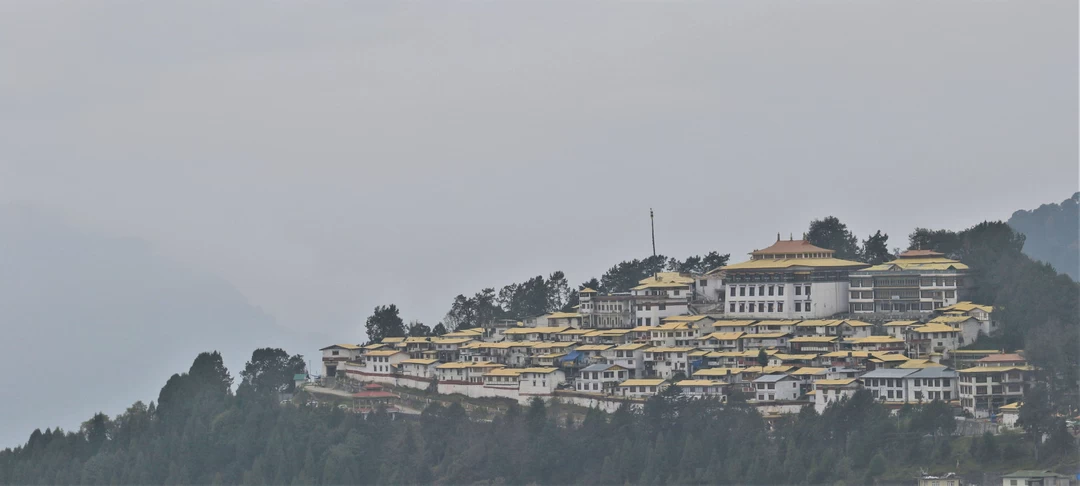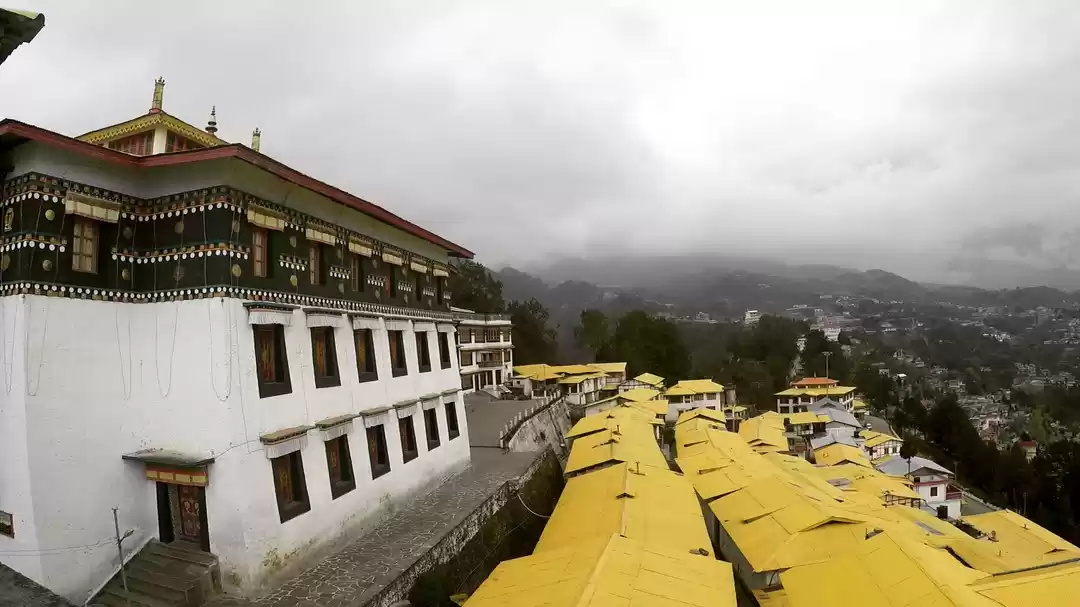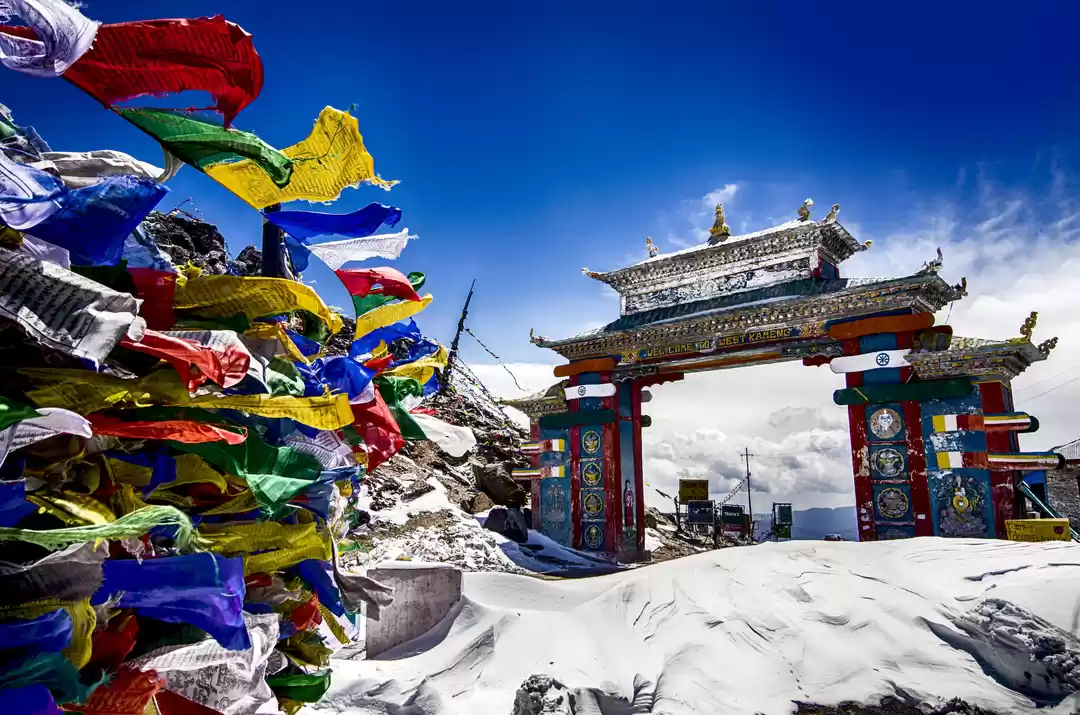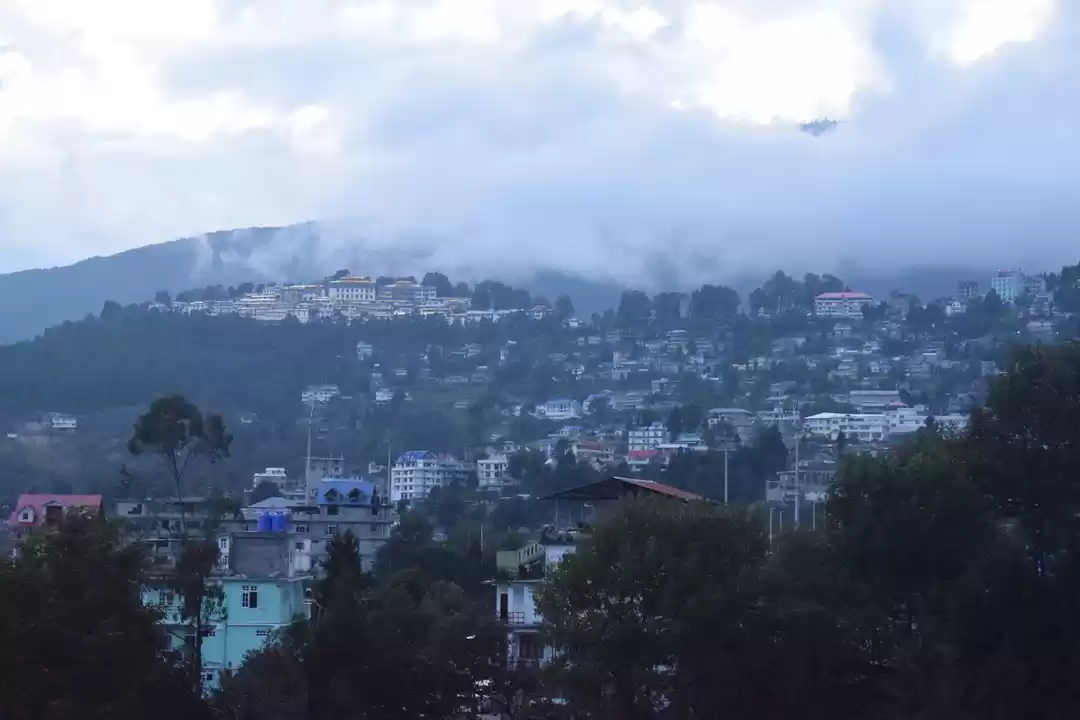Have you ever wondered what it would be like to visit a place that is not only a marvel of architecture and art, but also a living testimony of faith and culture? A place that is surrounded by majestic mountains, serene valleys, and pristine lakes, and that offers a glimpse into the rich and ancient heritage of Buddhism in India? If yes, then you should definitely visit the Tawang Monastery, the largest Buddhist monastery in India and the second largest in the world after the Drepung Monastery in Tibet.
The Tawang Monastery, also known as the Gaden Namgyal Lhatse, which means “the celestial paradise of the divine site chosen by the horse”, is a 17th-century masterpiece that was founded by Merak Lama Lodre Gyatso, with the blessing of the 5th Dalai Lama. It is located in the Tawang district of Arunachal Pradesh, at an altitude of 10,000 feet, overlooking the Tawang-Chu valley. It is the spiritual and cultural center of the Monpa people, who are the predominant ethnic group in Tawang, and who follow the Gelugpa sect of Tibetan Buddhism.
In this article, we will guide you through everything you need to know about the Tawang Monastery and its surroundings, and how to plan your trip to this amazing destination. Whether you are a solo traveler, a couple, a family, or a group, you will find something that suits your interests and preferences. So, let’s get started!
History of the Tawang Monastery
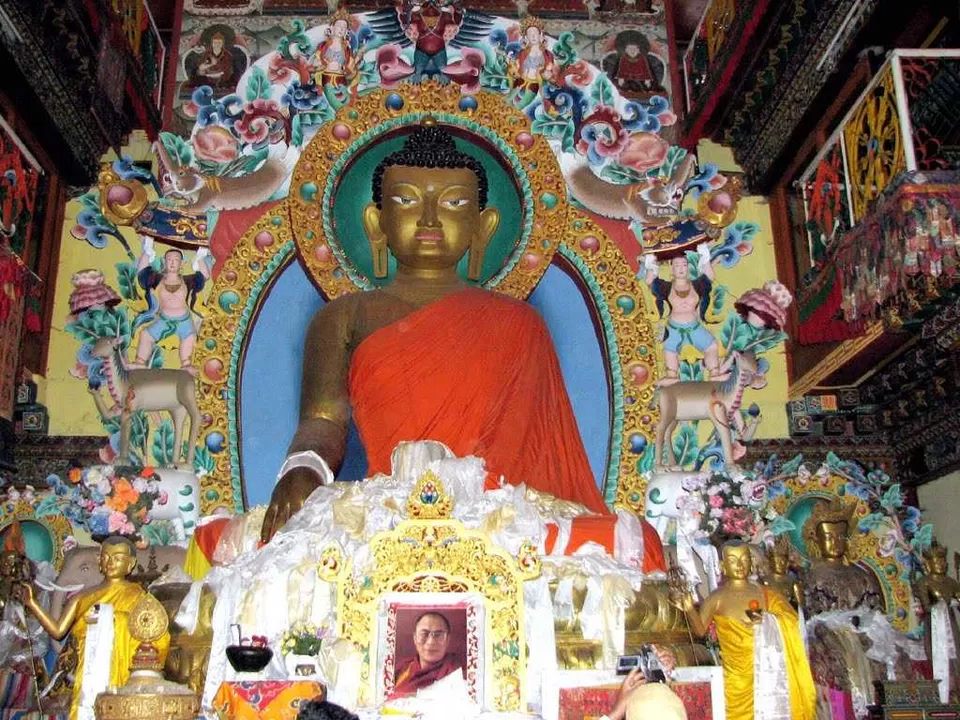
The history of the Tawang Monastery is as fascinating as its architecture and art. According to legend, the site of the monastery was chosen by a horse, which belonged to Merak Lama Lodre Gyatso, a disciple of the 5th Dalai Lama. Merak Lama was looking for a suitable place to build a monastery, and he followed the horse, which led him to a hilltop, where it stopped and neighed. Merak Lama took this as a sign from the divine, and decided to build the monastery there. He named it the Gaden Namgyal Lhatse, which means “the celestial paradise of the divine site chosen by the horse”.
The construction of the monastery began in 1680, and was completed in 1688. The monastery was built in the style of the Drepung Monastery in Tibet, which is the mother monastery of the Gelugpa sect of Tibetan Buddhism. The monastery was dedicated to the 5th Dalai Lama, who also gave it a sandalwood statue of Lord Buddha, which is still preserved in the monastery. The monastery was also blessed by the 6th Dalai Lama, who was born in Tawang, and who is revered by the Monpa people as their spiritual leader.
Significance of the Tawang Monastery

The Tawang Monastery is not just a historical monument, but also a living and thriving institution of religion and culture. It is the largest Buddhist monastery in India, and the second largest in the world, covering an area of 135 square meters. It is home to more than 500 monks, who study, pray, and practice Buddhism under the guidance of the abbot, who is the head of the monastery. The monastery is also a pilgrimage site for many Buddhists and tourists, who come to seek the blessings and teachings of the Buddha and the Dalai Lama.
The Tawang Monastery is a complex of several buildings and structures, each with its own significance and attraction. The main building is the Golden Namgyal Lhatse, which is a three-storied structure that houses a 26-feet statue of Lord Buddha, made of gilded copper. The statue is seated in a lotus position, and is surrounded by colorful murals and paintings depicting the life and teachings of the Buddha. The statue is also adorned with jewels and ornaments, and is considered to be one of the most sacred and beautiful statues of the Buddha in the world.
Another important building is the Dukhang, which is the assembly hall of the monks, where they gather for prayers and ceremonies. The Dukhang is a large and spacious hall, with wooden pillars and beams, and a high ceiling. The walls and ceilings of the Dukhang are decorated with exquisite paintings and thangkas, which are religious scrolls depicting the Buddha and other deities. The Dukhang also contains a throne for the Dalai Lama, and a silver casket containing the relics of the 6th Dalai Lama.
One of the most valuable and unique features of the Tawang Monastery is the library, which contains a collection of sacred scriptures, known as the Kangyur and the Tengyur.
Another attraction of the Tawang Monastery is the museum, which displays various artefacts and relics related to the history, culture, and religion of the Monpa people and the Tawang Monastery.
The Tawang Monastery is also a place of celebration and joy, as it hosts various festivals and events throughout the year, where the monks and the locals participate in various rituals and ceremonies, such as the chanting, the praying, the butter lamp offering, and the mask dance. Some of the major festivals and events are Losar, Torgya, Monpa and Saka Dawa.
How to Reach the Tawang Monastery

If you are planning to visit the Tawang Monastery, you should know that it is not an easy destination to reach, as it is located in a remote and mountainous region of Arunachal Pradesh, which is one of the least explored states of India.
By Air: The nearest airport to the Tawang Monastery is the Tezpur Airport in Assam, which is about 320 km away. The Tezpur Airport is connected to some major cities of India, such as Kolkata, Guwahati, and Delhi, by regular flights operated by Air India and SpiceJet.
By Rail: The nearest railway station to the Tawang Monastery is the Rangapara North Railway Station in Assam, which is about 385 km away. The Rangapara North Railway Station is connected to some major cities of India, such as New Delhi, Kolkata, Guwahati, and Bangalore, by regular trains operated by the Indian Railways.
By Road: The Tawang Monastery can be reached by road from various places in Arunachal Pradesh and Assam, such as Bomdila, Dirang, Bhalukpong, Nameri, and Tezpur. The road journey is scenic and adventurous, as you will pass through the Sela Pass, which is one of the highest motorable passes in the world, and the Nuranang Falls, which is one of the most beautiful waterfalls in the region.
By Bus: The nearest bus station to the Tawang Monastery is the Tezpur Bus Station in Assam, which is about 320 km away. The Tezpur Bus Station is connected to some major cities of Assam, such as Guwahati, Dibrugarh, and Jorhat, by regular buses operated by the Assam State Transport Corporation (ASTC) and some private operators.
Timings and Entry Fee of the Tawang Monastery

The Tawang Monastery is open to visitors from 7 am to 7 pm, every day of the week. However, the timings may vary depending on the season and the situation, so it is advisable to confirm the timings before visiting the monastery. The entry fee to the monastery is free of charge, but donations are welcome, as they help in the maintenance and development of the monastery. You can also buy some souvenirs and books from the monastery shop, which supports the livelihood of the monks and the locals.
The Tawang Monastery is a place of awe and inspiration, that will leave you spellbound and enlightened. It is a place where you can experience the history, culture, religion, and nature of Tawang, and the Monpa people, who have preserved and cherished their sacred and cultural heritage for centuries. It is a place where you can witness the beauty and diversity of the Himalayas, and the various attractions and activities that Tawang has to offer. It is a place where you can find peace and harmony, and connect with your inner self and the divine. If you are looking for a unique and unforgettable travel destination, that will enrich your mind, body, and soul, then you should definitely visit the Tawang Monastery, and explore the spiritual and cultural heart of Arunachal Pradesh.






